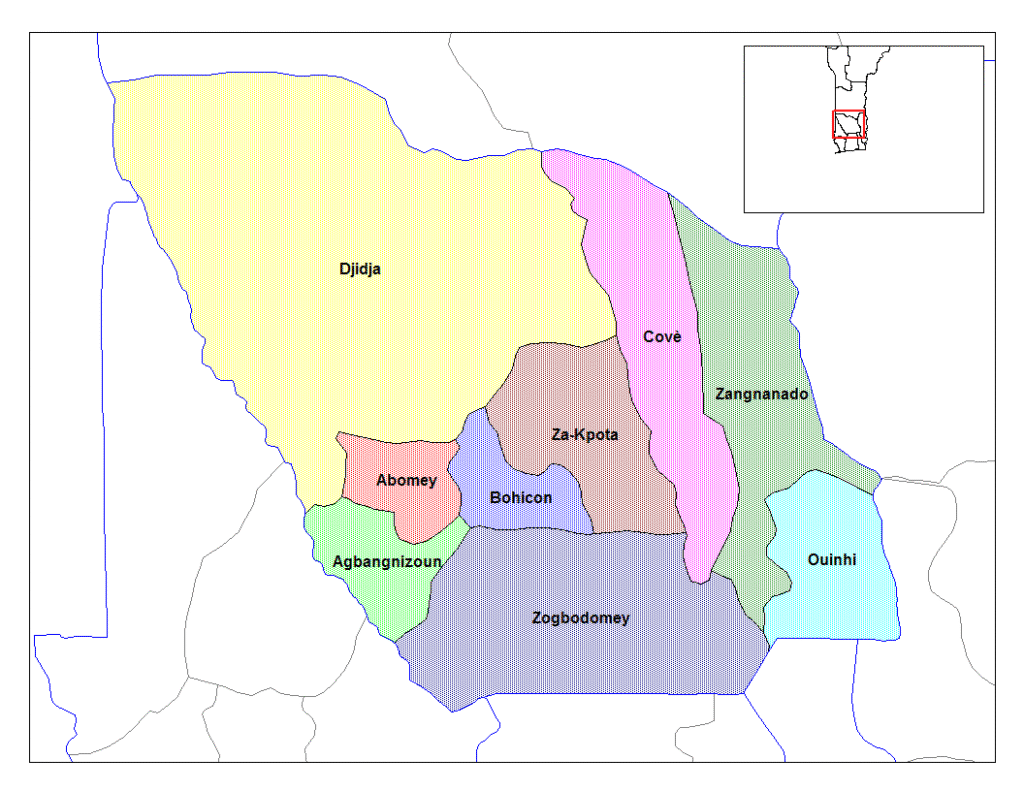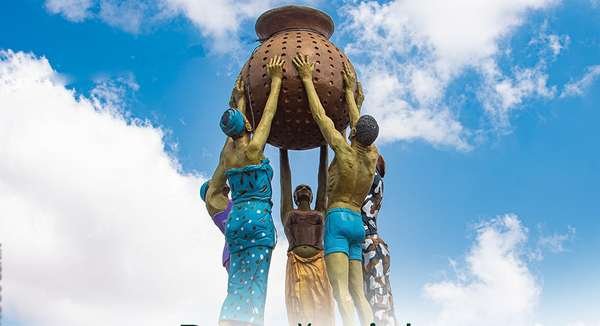
Zou [zu] is one of the twelve departments of Benin, named for the Zou River which travels through the department before emptying into the Atlantic in the south of the country. The department of Zou was split in two in 1999, with the northern territory transferred to the newly created Collines Department. The capital of Zou is Abomey. Zou is subdivided into nine communes, each centred at one of the principal towns: Abomey, Agbangnizoun, Bohicon, Cové, Djidja, Ouinhi, Za-Kpota, Zangnanado and Zogbodomey.
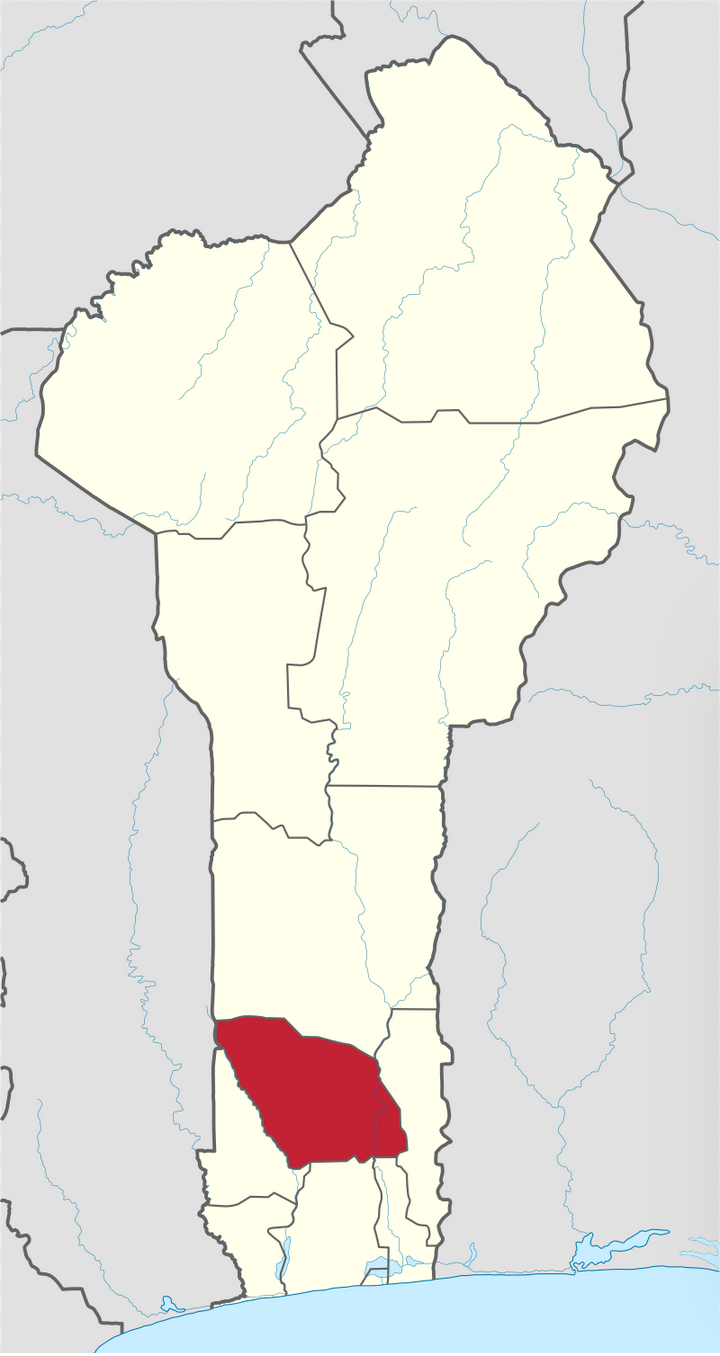
As of 2013, the total population of the department was 851,580, with 407,030 males and 444,550 females. The proportion of women was 52.20%. The total rural population was 67.00%, while the urban population was 33.00%. The total labour force in the department was 275,249, of which 50.10% were women. The proportion of households with no level of education was 60.70% and the proportion of households with children attending school was 72.90%.
Zou Department borders Collines Department to the north, Plateau Department to the east, Ouémé Department and Atlantique Department to the south, Kouffo Department to the south-west, and Togo to the west. The department is characterised by plateaus, ranging from 20 to 200 m (66 to 656 ft) above the mean sea level, which are split by valleys running from north to south, created by the Zou River and Kauoffo River. The southern regions of Benin receive two spells of rain from March to July and September to November, while the northern regions of the country receive one season of rainfall from May to September. The country receives an average annual rainfall of around 1,200 mm (47 in).
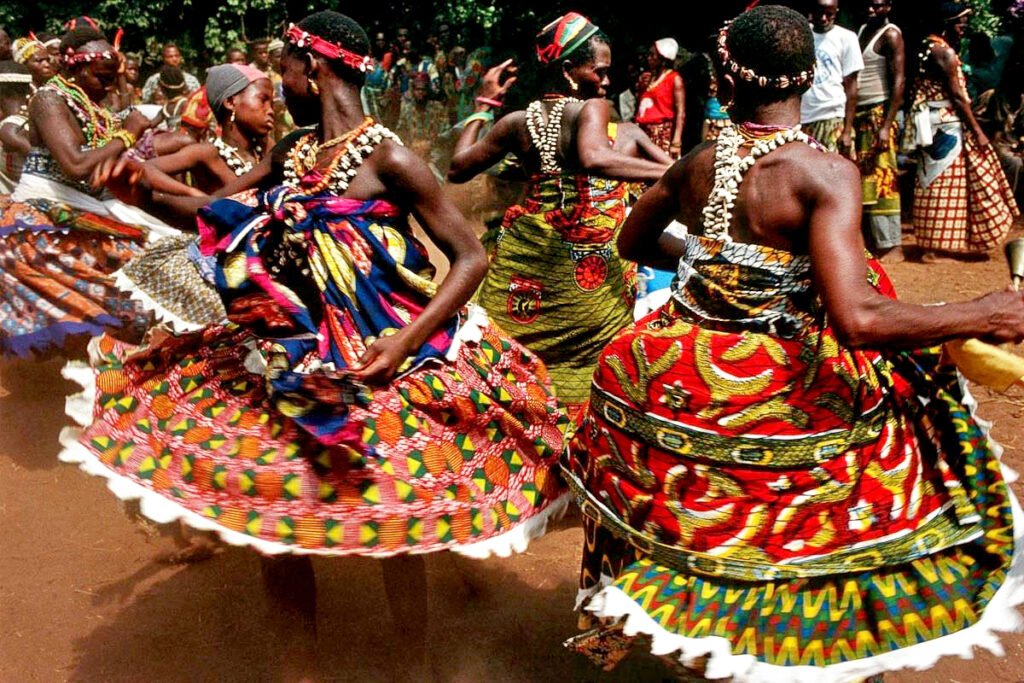
Prefect of Zou department
Mr. Aimé Firmin Kouton
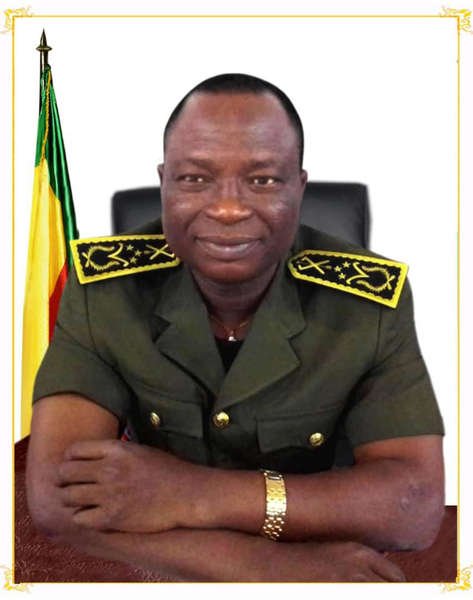
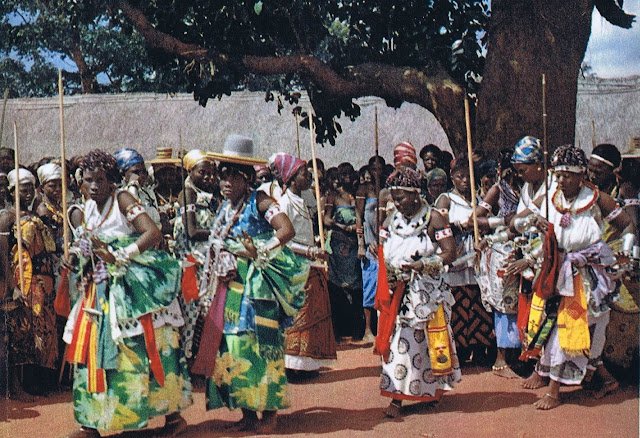
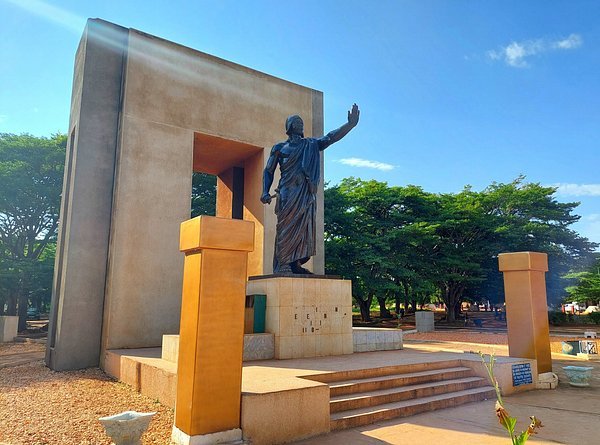

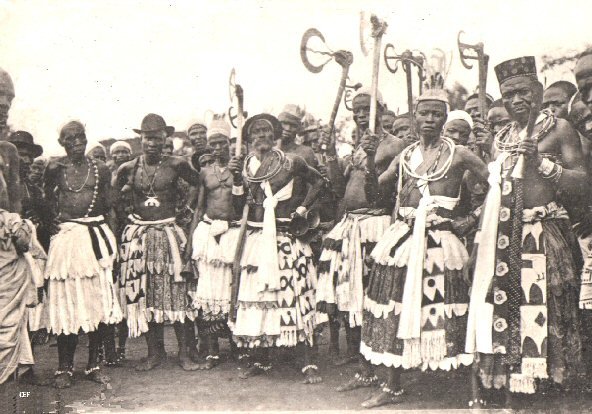
The majority of the population are the Fon people, who comprise 91% of the population. Other groups include the Aja people make up 4%; Yoruba make up 3% of the population; Aguna, and Ede.
.
The department of Zou was split in 1999, with the northern territory moved to the newly created Collines Department. The capital of Zou is Abomey. It is subdivided into nine communes, each centered at one of the principal towns: Abomey, Agbangnizoun, Bohicon, Cové, Djidja, Ouinhi, Za-Kpota, Zangnanado and Zogbodomey.
